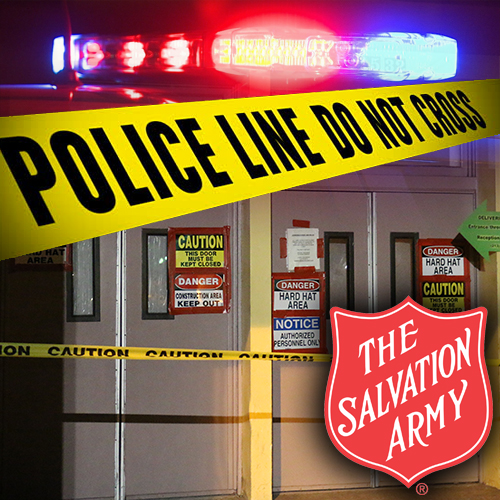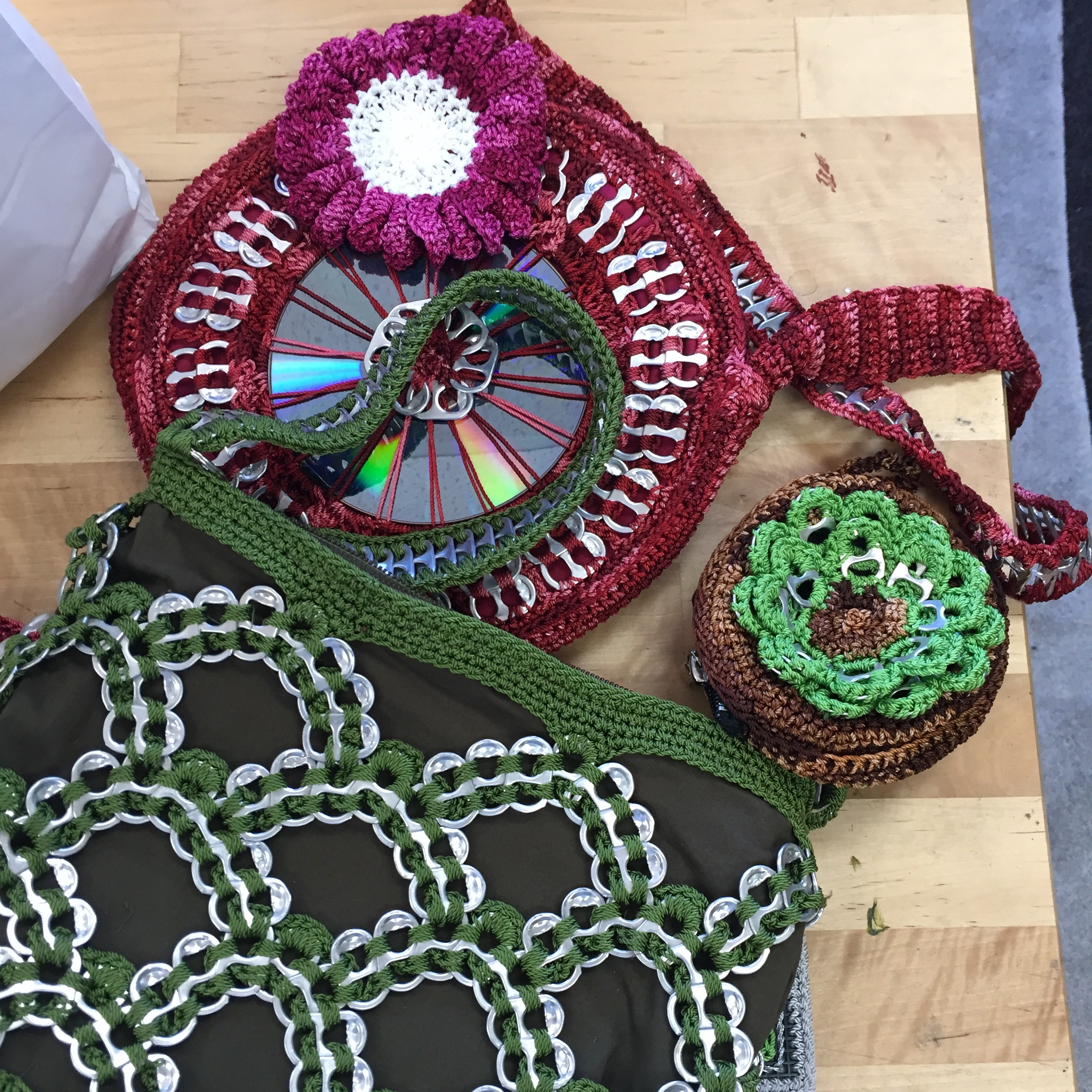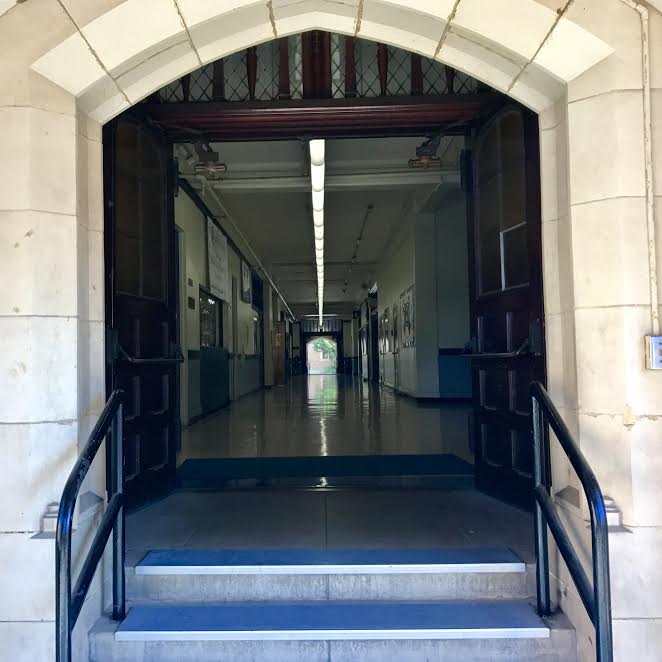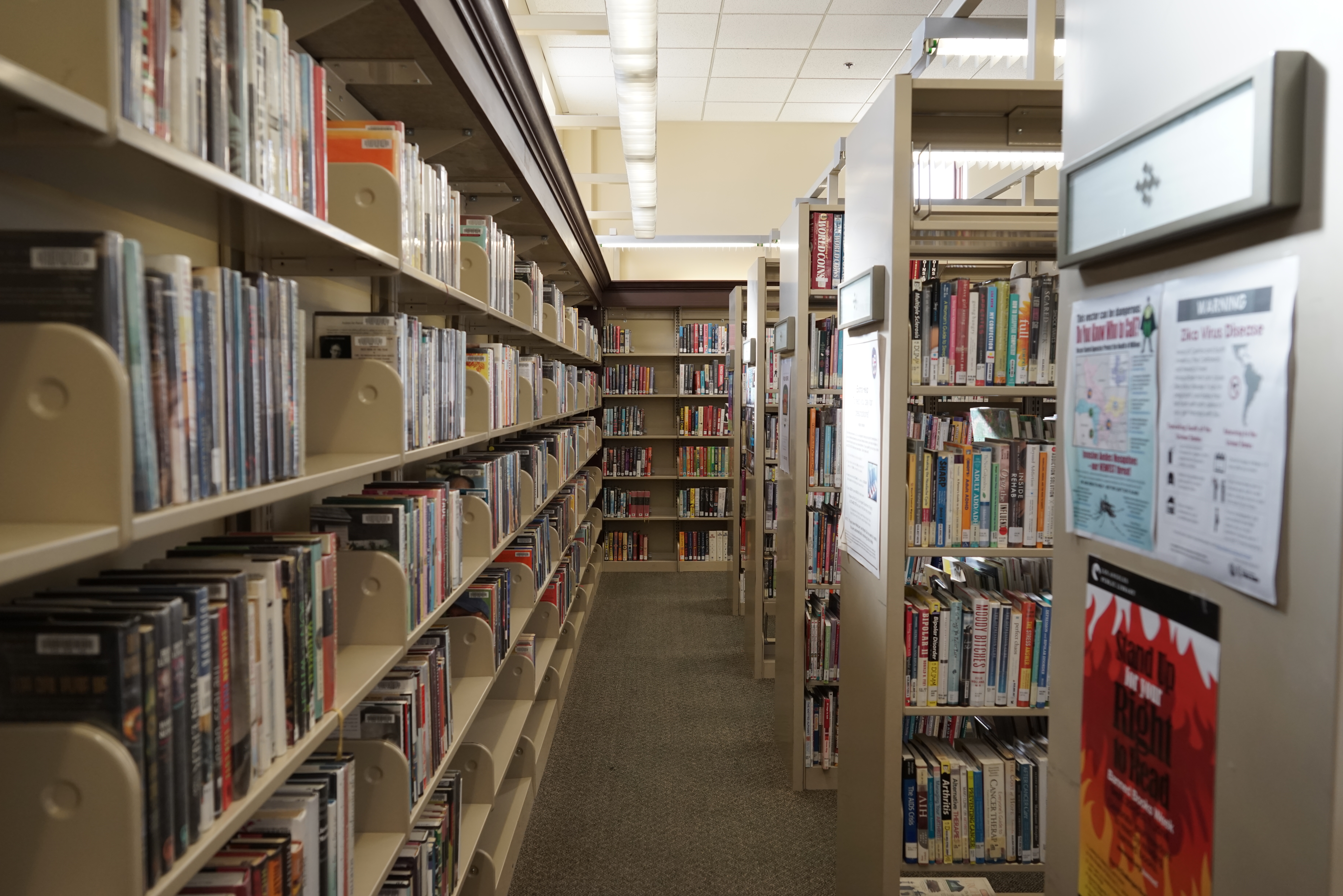
Camille Taylor says there’s seldom a quiet day at the Pico Union Public Library. The 35-year-old administrative clerk describes her workplace as a “catch-all” for people of diverse ages, backgrounds and socioeconomic classes, who use the library to work, study and rest.
“You never know who you’re going to get,” Taylor says. “It’s definitely not boring.”
Located on a bustling strip of Alvarado Street, the Pico Union branch is one of 72 locations in the Los Angeles Public Library system.
Designed by local architect Barry Milofsky, the building recalls a Spanish-style villa, with a warm brick exterior and decorative arched entryway. Inside, sunshine drowns into the main reading area of the library, where visitors sit around dark-wood tables and stiff-backed chairs.
Multiple rows of computers in the front room offset the otherwise-classic interior design. The technology provides a major draw for residents of this low-income neighborhood, many of whom don’t own personal computers or don’t even know how to use them.
The library’s offerings cater to Pico Union’s large Latino demographic. Many patrons take advantage of the weekly English language classes or the workshops that help recent immigrants register to vote and apply for citizenship.
In addition to its traditional role as an information center, the library also serves as a hub for the city’s homeless population.
On a recent Tuesday afternoon, a muffled snore was barely audible above the gentle rustle of papers and hum of computer monitors. A man sprawled out behind the bookshelves in the teen study area, his arm wrapped around a worn white backpack.
“If they don’t want to sleep on the street, they come to the library,” Taylor says.
In September of last year, Mayor Eric Garcetti and members of the Los Angeles City Council declared a state of emergency on homelessness. Garcetti called for more than $100 million in funding to help address the city’s growing homelessness epidemic. More than a year has passed since Garcetti’s announcement, and the problem has only increased.
Los Angeles has one of the largest homeless populations in the country, with nearly 47,000 people living on the streets and in shelters, according to the Los Angeles Homeless Services Authority. Some of these men and women live on the city’s infamous Skid Row, a makeshift tent city that occupies several blocks of Downtown LA.
But the problem extends beyond those squalid camps and into many other aspects of city life, including the public libraries.
To earn their certification, librarians must master an elaborate code of letters and numbers known as the Dewey Decimal System. But once on the job, navigating this complex system pales in difficulty to the social challenges Camille Taylor must confront on a daily basis.
“We often have problems with people causing disturbances,” she says.
As if on cue, a man begins shouting and waving his arms just a couple hundred feet from where Taylor sits. A security guard promptly asks him to leave, but the man doesn’t exit without mumbling a few obscenities at Taylor.
Although Taylor says resolving these incidents can be emotionally draining, her colleague David Orozco doesn’t mind the homeless presence. Orozco struggled with alcoholism himself, and says he’d rather see homeless people immersing themselves in literature than in drugs and alcohol.
“A little love and some medication and he could be a contributing member of society,” Orozco says as the homeless man leaves the library.
The native Angeleno spent his childhood years in the LA public library, and says he admires the egalitarian nature of the institution.
“Our mission is to provide the public with free and open access to information,” the 58-year-old messenger clerk says. “The library isn’t for profit. It’s for public service.”
As members of the general public, homeless people should receive the same library access as everyone else, Orozco says. In his dream world, the Pico Union branch would even provide showers for the homeless.
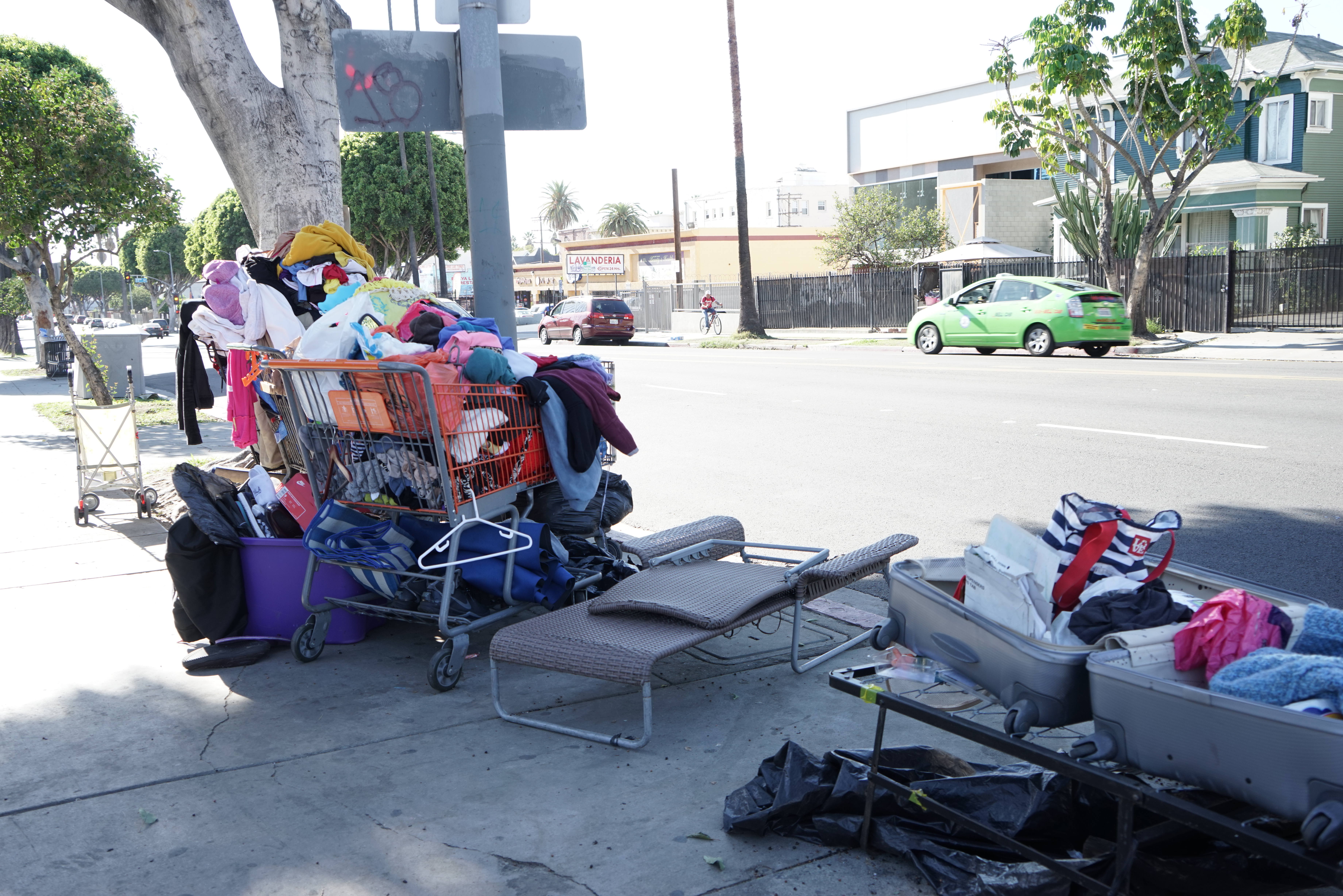
But many parents, particularly those with young children, don’t share Orozco’s outlook. Maria Perez comes to the library often with her two girls, and says she always keeps a close watch over them.
“I worry that if I take my eye off them for one minute, something could happen,” Perez says. “All sorts of people come here.”
These differing attitudes reflect a broader city-wide debate about how to address the homelessness crisis. Although employees and visitors don’t see eye-to-eye about the library’s role in overcoming the problem, they agree that the institution is an invaluable resource to residents of Pico Union.
“Youth can come use the computer, read books or surf the internet instead of being out on the streets,” says college student Serena Salamanca, 21. “I think the library is especially important in this community.”
